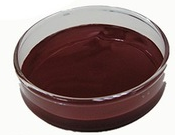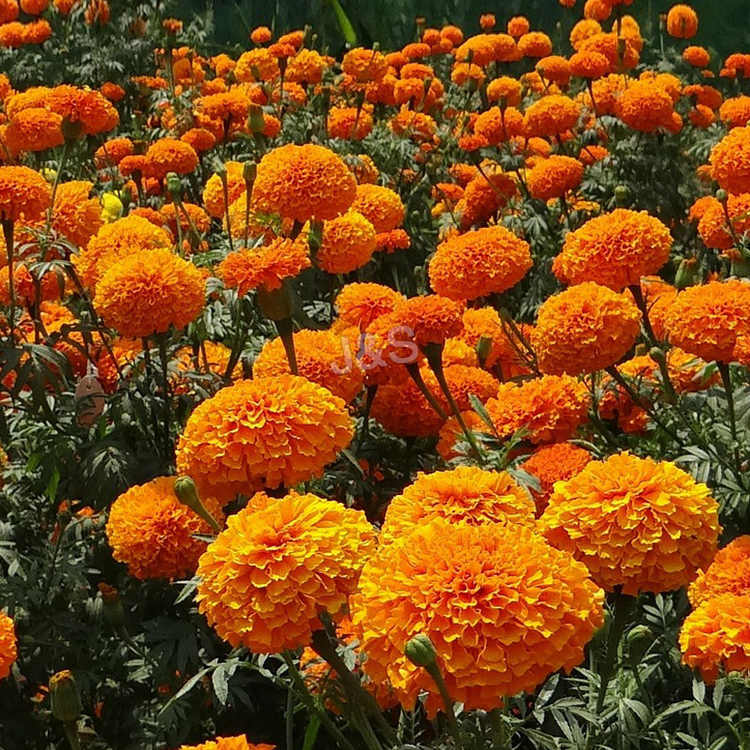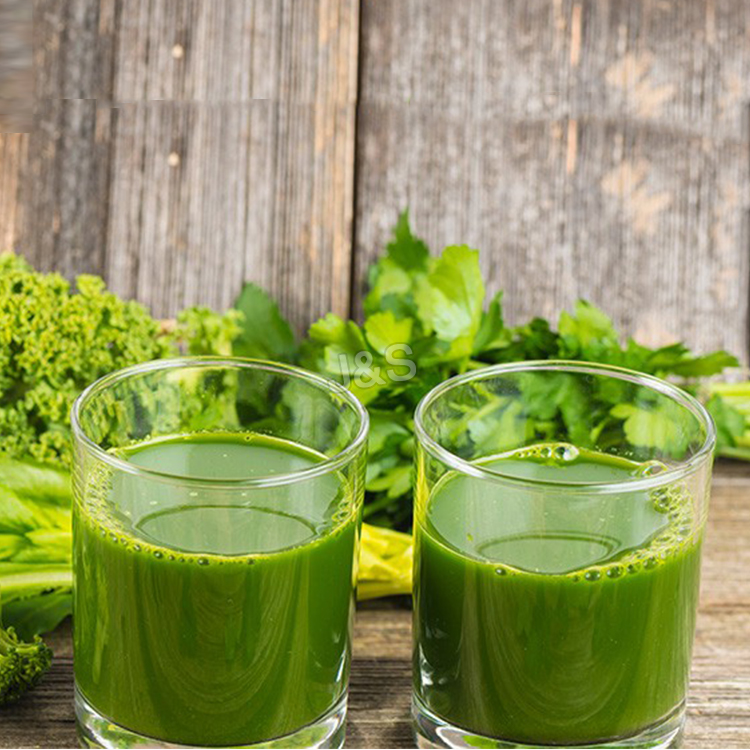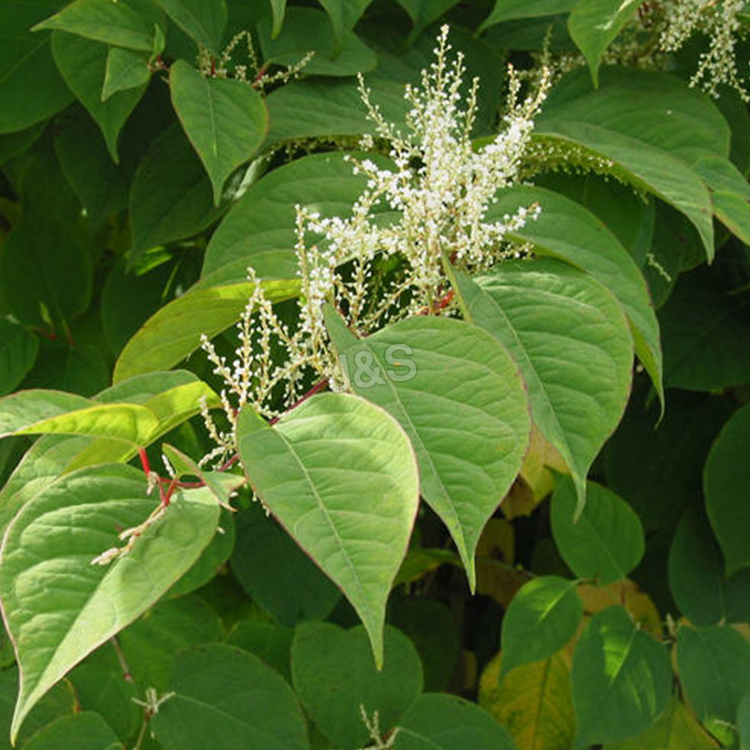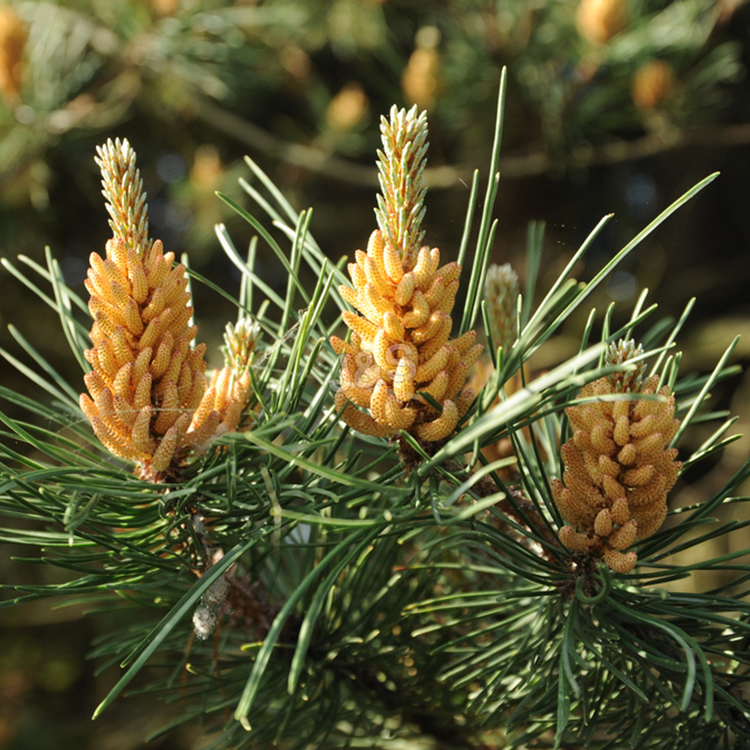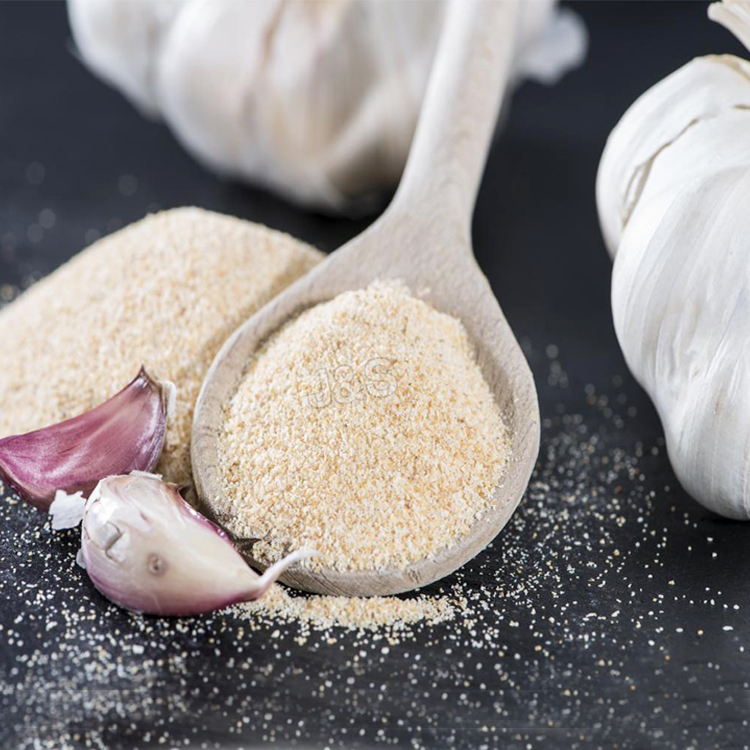Manufacturer of Astaxanthin Factory for Rotterdam
Manufacturer of Astaxanthin Factory for Rotterdam Detail:
[Latin Name] Haematococcus Pluvialis
[Plant Source] from China
[Specifications]1% 2% 3% 5%
[Appearance] Dark red Powder
[Particle size] 80 Mesh
[Loss on drying] ≤5.0%
[Heavy Metal] ≤10PPM
[Storage] Store in cool & dry area, keep away from the direct light and heat.
[Shelf life] 24 Months
[Package] Packed in paper-drums and two plastic-bags inside.
[Net weight] 25kgs/drum
Brief Introduction
Astaxanthin is a natural nutritional component, it can be found as a food supplement. The supplement is intended for human, animal, and aquaculture consumption.
Astaxanthin is a carotenoid. It belongs to a larger class of phytochemicals known as terpenes, which are built from five carbon precursors; isopentenyl diphosphate and dimethylallyl diphosphate . Astaxanthin is classified as a xanthophyll (originally derived from a word meaning “yellow leaves” since yellow plant leaf pigments were the first recognized of the xanthophyll family of carotenoids), but currently employed to describe carotenoid compounds that have oxygen-containing moities, hydroxyl or ketone , such as zeaxanthin and canthaxanthin. Indeed, astaxanthin is a metabolite of zeaxanthin and/or canthaxanthin, containing both hydroxyl and ketone functional groups. Like many carotenoids, astaxanthin is a colorful, lipid-soluble pigment. This colour is due to the extended chain of conjugated (alternating double and single) double bonds at the centre of the compound. This chain of conjugated double bonds is also responsible for the antioxidant function of astaxanthin (as well as other carotenoids) as it results in a region of decentralized electrons that can be donated to reduce a reactive oxidizing molecule.
Function:
1.Astaxanthin is a powerful antioxidant and may protect against oxidative damage to body tissues.
2.Astaxanthin can improve the immune response by increasing the number of antibody producing cells.
3.Astaxanthin is a potential candidate to treat neurodegenerative disease such as Alzhimer and Parkinson diease.
4.Astaxanthin dan reduce UVA-light damage to skin such as sunburn, inflammation, ageing and skin cancer.
Application
1.When applied in pharmaceutical field, astaxanthin powder has the good function of antineoplastic;
2.When applied in health food field, astaxanthin powder is used as food additives for pigment and health care;
3.When applied in cosmetic field, astaxanthin powder has the good function of antioxidant and anti-aging;
4.When applied in animal feeds field, astaxanthin powder is used as animal feed additive to impart coloration, including farm-raised salmon and egg yolks.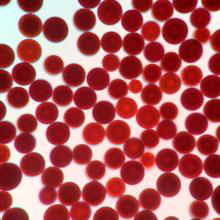
Product detail pictures:
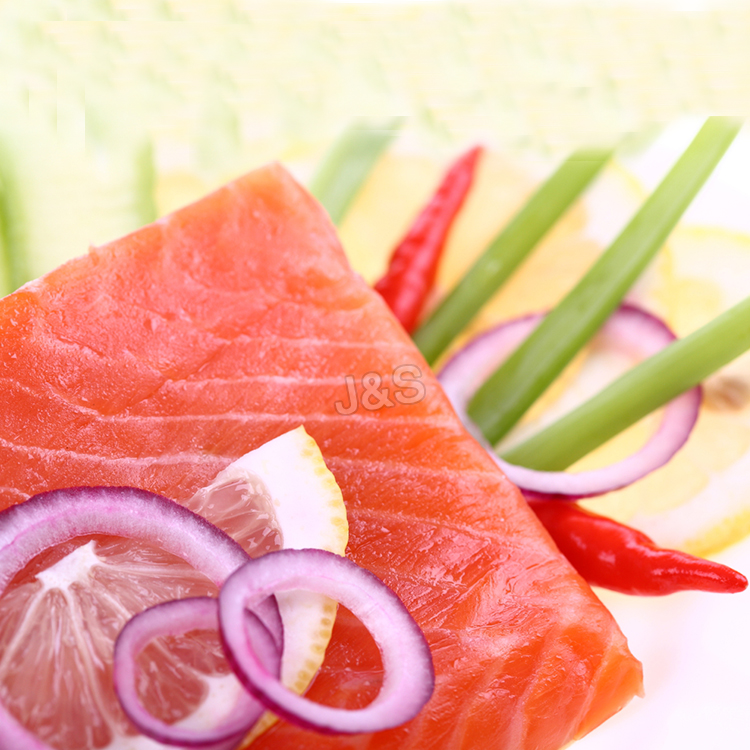
Related Product Guide:
We have now sophisticated machines. Our solutions are exported to the USA, the UK and so on, enjoying a great reputation amid consumers for Manufacturer of Astaxanthin Factory for Rotterdam , The product will supply to all over the world, such as: Chicago, Adelaide, Tajikistan, We have gained a lot of recognition among customers spread all across the world. They trust us and always give repetitive orders. Furthermore, mentioned below are some of the major factors that have played significant role in our tremendous growth in this domain.
Isotonix, opc3, helps with allergies
“In Search of the (Membrane) Holy Grail: A 20-Year Journey”
Mark Benjamin
Civil and Environmental Engineering, University of Washington
ABSTRACT: Natural organic matter (NOM) is universally recognized as a major foulant of membranes used for drinking water treatment. The fouling has been attributed to adsorption of NOM in membrane pores and/or to formation of a gel layer that covers the membrane surface. Colloids, humics, and polysaccharides have each been implicated as major contributors to this fouling material. Most efforts to reduce the impact of this fouling have focused on pretreatment with conventional coagulants or powdered activated carbon.
We have developed a new micron-sized, granular adsorbent by mild heating of aluminum hydroxide and demonstrated that it can adsorb NOM rapidly and more efficiently than conventional additives. In addition, a cake layer of the new adsorbent imposes very little hydraulic resistance. As a result, when these adsorbents are used as the media for precoat filtration, a substantial portion of the NOM can be removed from the feed with only a few seconds of contact time, thereby reducing DBP formation potential and also dramatically reducing the fouling of downstream membranes. Our recent research has focused identifying the chemical characteristics of the fouling fraction of the NOM, on ways to efficiently backwash the adsorbents off of the support material after their capacity to collect the contaminants has been exhausted, and on regeneration of adsorbent.
At virtually every step in the research, we have encountered unexpected and challenging issues, many of which we have overcome, but others of which we continue to struggle with. The presentation will provide an overview of the successes, the frustrations, and the excitement we still feel about the potential of this new process.
It can be said that this is a best producer we encountered in China in this industry, we feel lucky to work with so excellent manufacturer.

